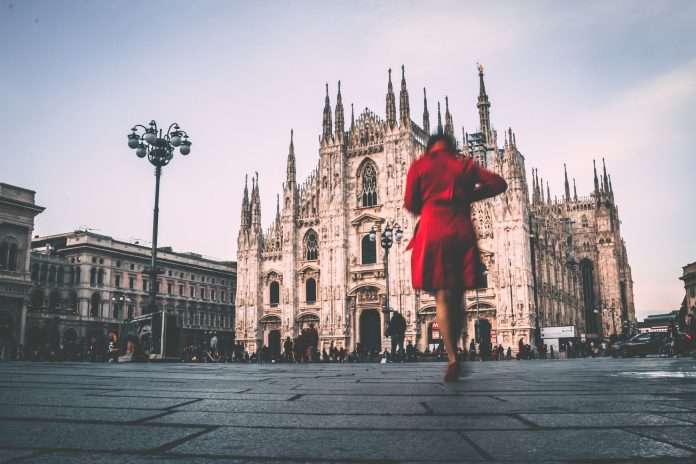Make the most of your travels through Italy with a visit to Milan, where history and modernity meld seamlessly.
Milan is the capital city of Northern Italy’s Lombardy region and is one of the most renowned destinations in the European nation. Today, it is considered the fashion and financial center of Italy; a classy metropolis that does not forget to highlight its former glories. In fact, Milan boasts an abundance of historical wonders that both history enthusiasts and casual visitors will appreciate.
With an interesting history that dates back to 600 B.C., including becoming the capital of the Italian Empire during Napoleon’s reign, Milan is an excellent destination for culture vultures and history lovers to explore. This history buff’s guide to Milan includes the must-see landmarks, sites, and architecture that have played a role in the city’s colorful past.
Must-visit historical landmarks in Milan
Milan has a treasure trove of historical buildings and landmarks that will leave any Italian history buff in awe.
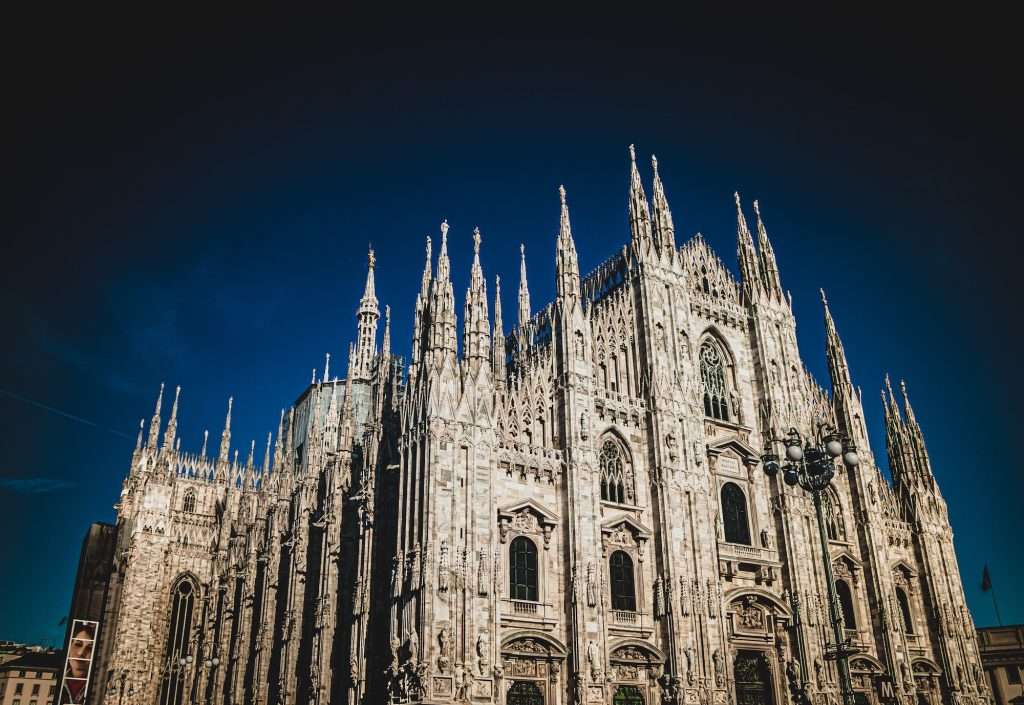
Duomo di Milano
Perhaps the most popular landmark in Milan, the Duomo di Milano is a Gothic-style postcard-worthy cathedral. Also known as the Milan Cathedral, the construction of this incredible building spanned nearly six centuries, beginning in the 1380s and completing in the 1960s.
Considered the most important Gothic architecture in the city, the church boasts more than 3,300 statues and 135 spires on the cathedral’s roof. Climbing up the rooftop is also well worth it as you get an unrivaled view of Milan from above.
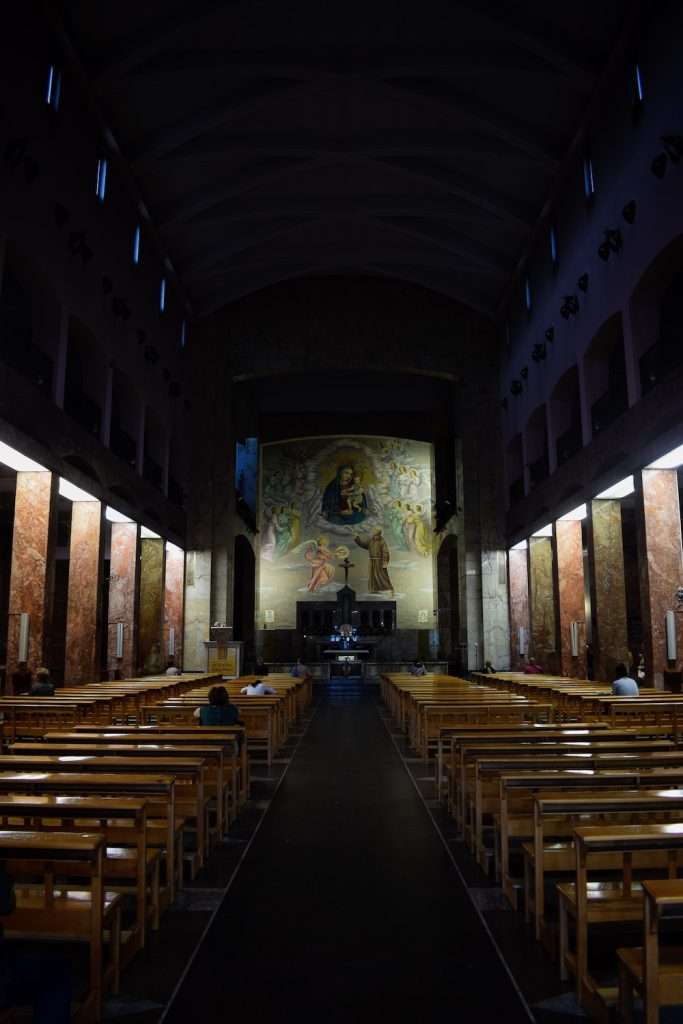
Santa Maria delle Grazie
Found right in the heart of the city, the Santa Maria delle Grazie is a church and Dominican convent. It’s also another example of exquisite architecture in Milan. Construction began in 1463 and was later renovated and expanded under the reign of the Duke of Milan Ludovico Sforza.
While the stunning Gothic exterior is already a treat in itself, one of the reasons why the Santa Maria delle Grazie is an extremely popular Milan attraction is because the church houses the world-famous The Last Supper fresco by Leonardo da Vinci; Sforza commissioned da Vinci’s masterpiece during the expansion of the church.
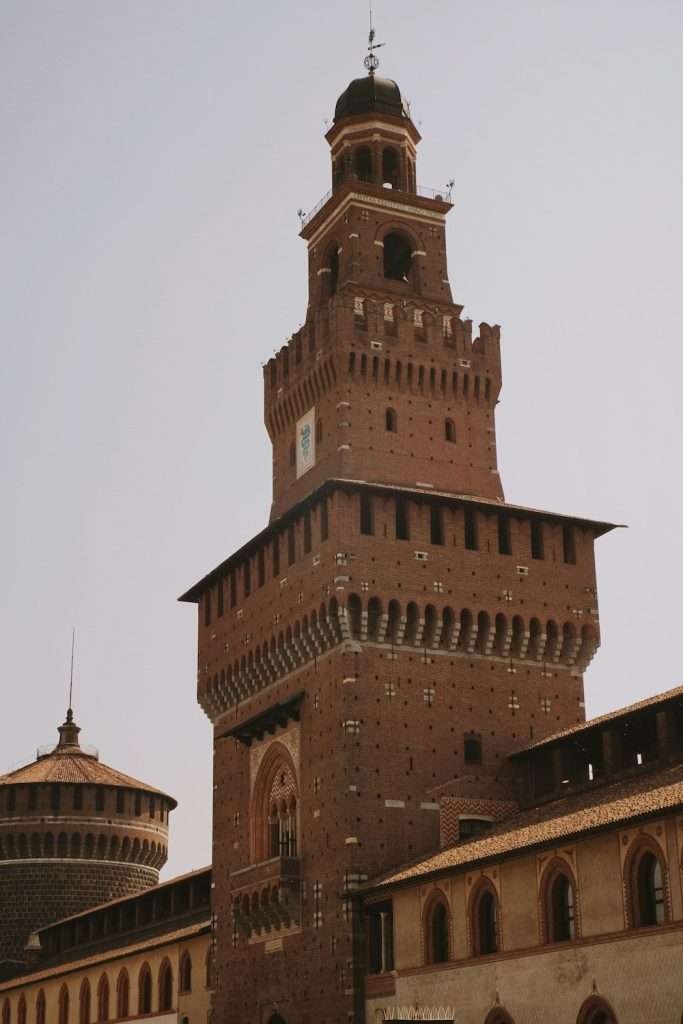
Castello Sforzesco
The Castello Sforzesco is a symbol of epic rivalries between families during the Renaissance period in Italy. The castle was held by the Visconti family and the Sforza family, who presided over Milan from 1277 to 1447 and 1450 to 1535, respectively. The castle was initially produced in 1368 and has undergone several renovations over the years.
Today, Castello Sforzesco is a major tourist spot in Milan and is home to the Museo d’Arte Antica, where guests can find some fine works of art, including Michelangelo’s famed final masterpiece, the Pieta Rondanini. The castle also hosts huge art exhibitions and other events.
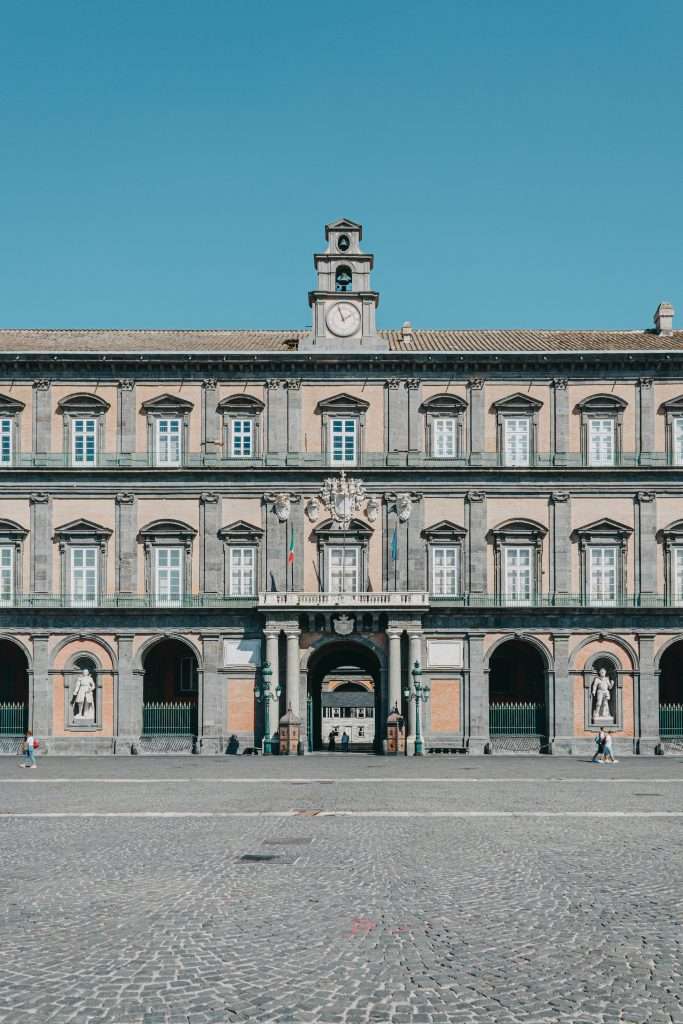
Palazzo Reale
Located right beside the famous Duomo in Milan’s historic city center, the Palazzo Reale, or Royal Palace, is one of the most impressive buildings in the city and a significant part of Milan’s history. The building has been around since the Middle Ages and served as the seat of government in Milan for hundreds of years.
Unfortunately, the palace was severely damaged during a 1943 British bombing attack during World War II. In 1947, reconstruction started, and by 2000, the palace was virtually restored to its original condition. Presently, Palazzo Reale is a cultural center and regularly hosts art exhibitions from all over the world.
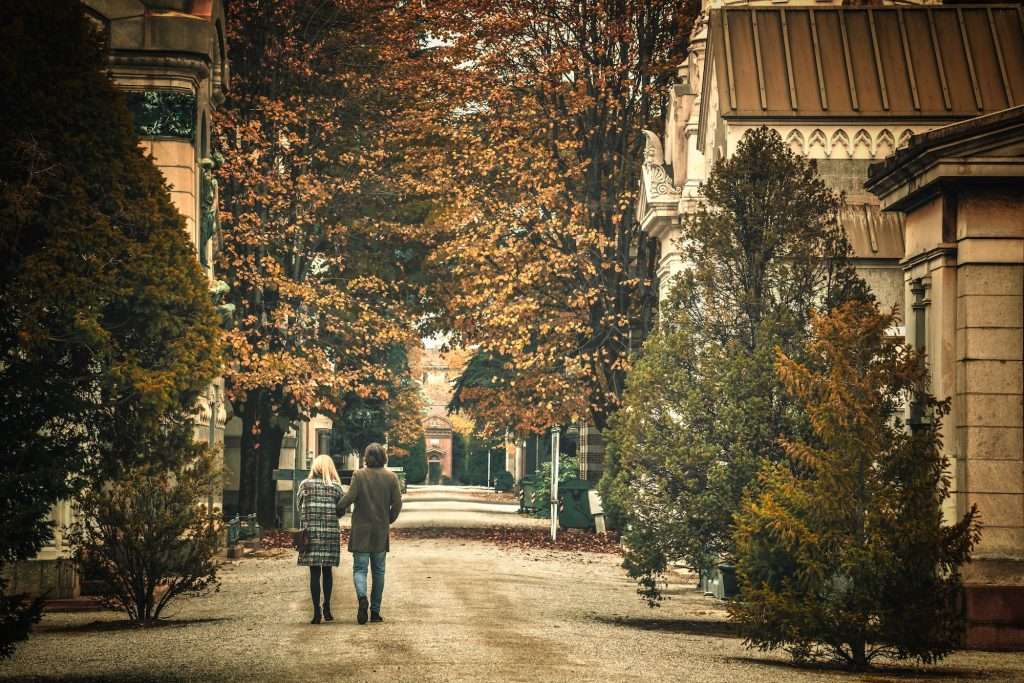
Cimitero Monumentale
Also known as the Monumental Cemetery, this grand cemetery was constructed in 1860 and is one of the most unique and interesting landmarks you will visit in Milan. More than just a resting place for the dead, however, this spot also doubles as an open-art museum that boasts an array of Art Nouveau statues and sculptures created by some notable Italian sculptors. Cimitero Monumentale also has some artistic tombs of Milan’s most prominent figures, such as Salvatore Quasimodo, Alessandro Manzoni, and Eugenio Montale.
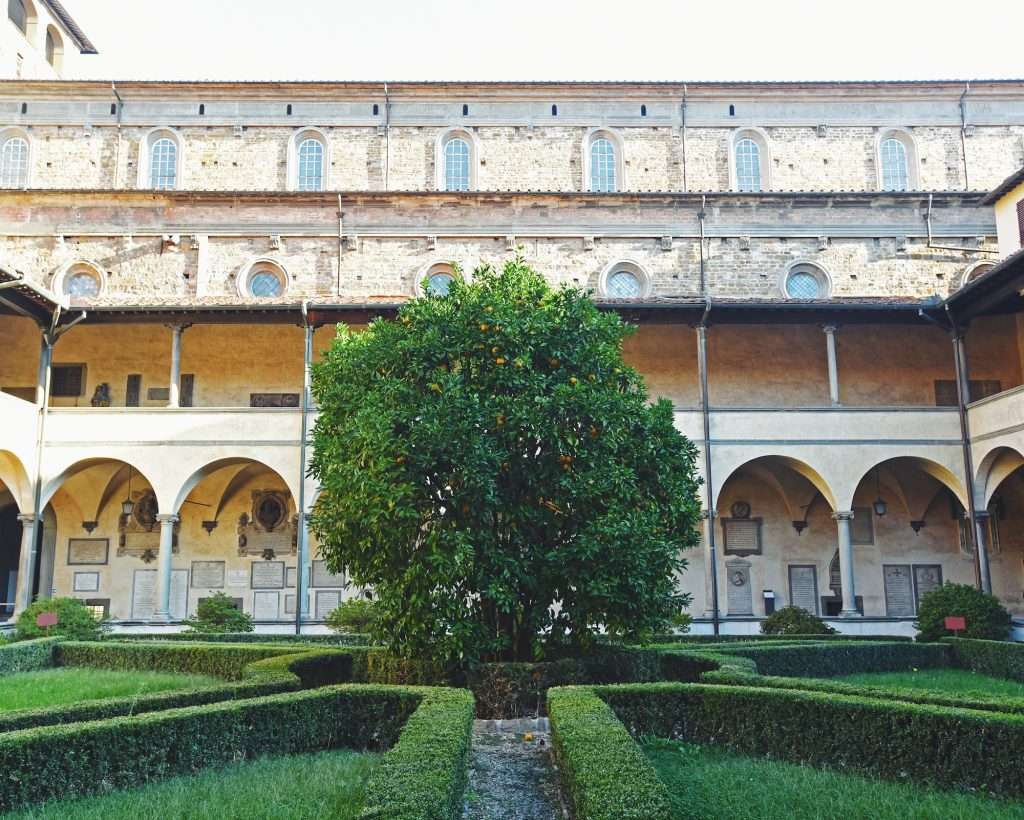
Basilica di San Lorenzo
Constructed during the 4th century, the Basilica di San Lorenzo is Milan’s oldest church and a key part of the city’s history. One of the most unique things about this church was that it was built using blocks and other materials that were extracted from other Roman sites in the city. The interior is also something to behold with the array of marble decorations and eye-catching mosaics.
Among the highlights at the Basilica di San Lorenzo is the Cappella di Sant’Aquilino (Chapel of Saint Aquilino), which is decorated with 4th-century Byzantine mosaics and features a crypt that contains some artifacts collected from an Ancient Roman amphitheater. Another gem is the Colonne di San Lorenzo, a collection of 16 columns that date back to the 3rd century.
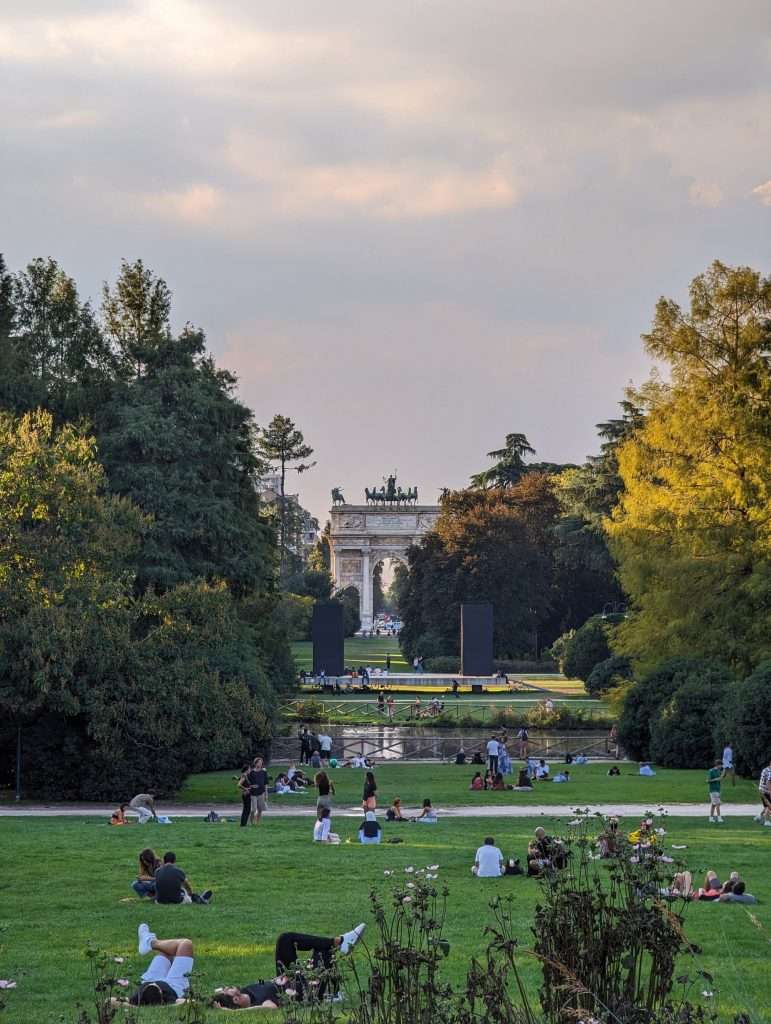
Parco Sempione
Arguably the most famous and most captivating public park in Milan, the Parco Sempione is a must-see during a trip to the city. Created in 1888, this beautiful garden is located just behind the Castello Sforzesco and is both a park and a historical landmark. Parco Sempione was once a private property before being used as a parade ground for soldiers.
Aside from hanging out and relaxing in the area, don’t forget to check out some landmarks found within the park, such as the Arch of Peace and the Arena Civica.
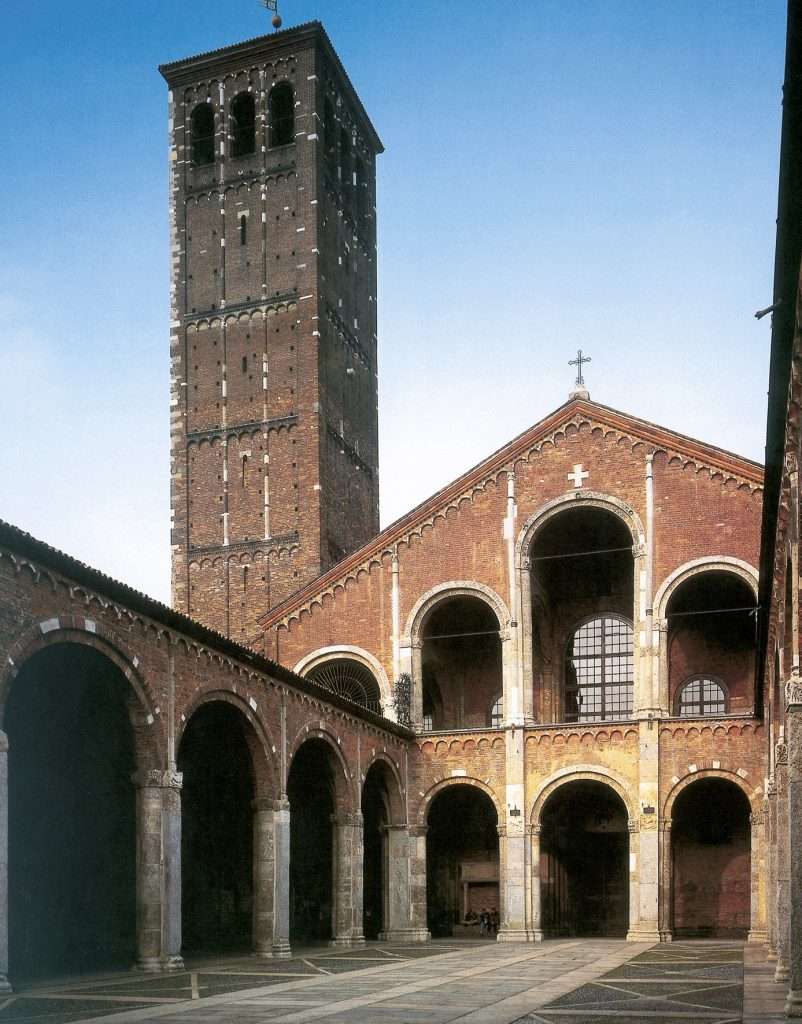
Basilica di Sant’Ambrogio
Constructed in the 11th century, the Basilica di Sant’Ambrogio is one of the most important religious institutions in Milan and among the best-preserved buildings in the city. Named after the church’s founder and patron saint of Milan, Saint Ambrose, the Romanesque-style basilica features an interior filled with shiny mosaics, an atrium that’s lined with columns that look like tree trunks, and a golden altar added by Charlemagne. Inside the church is a small chapel known as the Sacello San Vittore in Ciel d’Oro, which is adorned with 5th-century mosaics and a “golden sky” dome.
Is central Italy more your vibe? Check out our guide to Tuscany.
Related on Ethos:

